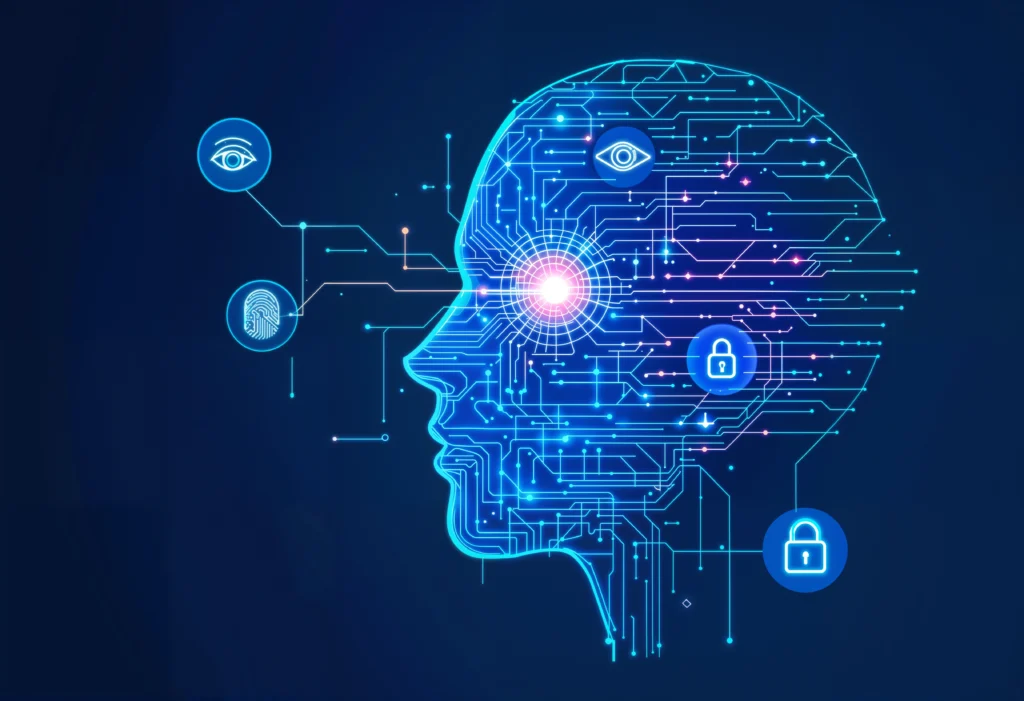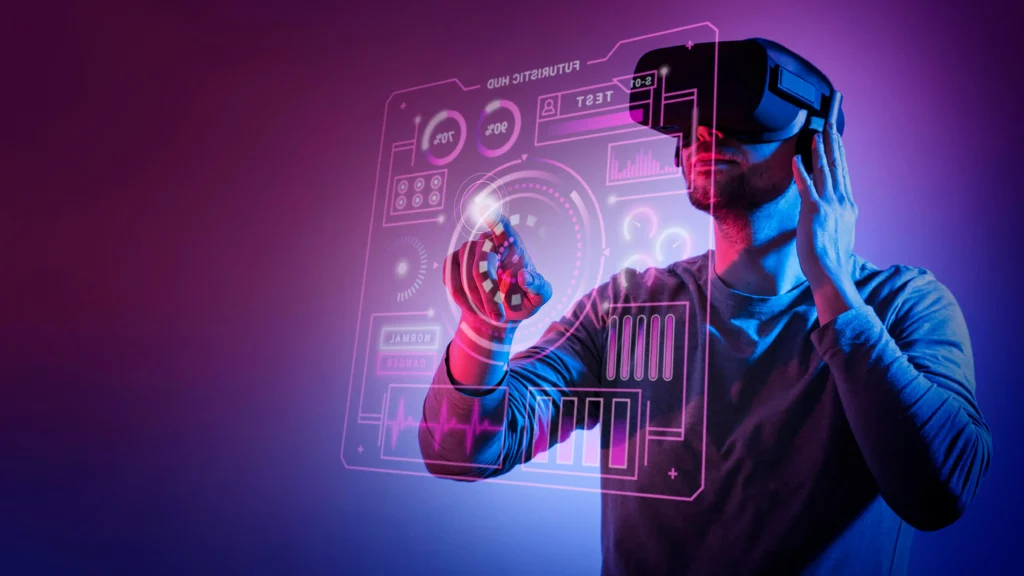Artificial intelligence (AI) has moved beyond futuristic speculation—it’s reshaping industries and daily life. Businesses leverage AI to streamline workflows and extract insights, while individuals use it for writing, learning, and productivity. From diagnosing diseases to powering smartphones, AI is everywhere—and it’s accelerating.
Organizations that harness AI effectively gain a competitive edge: faster decision-making, reduced errors, and innovation. With powerful models, robust tools, and clear deployment plans, AI is transforming how we work and live in 2025.
What Is Artificial Intelligence?
Artificial Intelligence enables machines to mimic human-like thinking: learning from data, understanding language, recognizing patterns, and making decisions. Core branches include:
- Machine Learning (ML): Algorithms trained on data to identify trends, predict outcomes, or classify information.
- Natural Language Processing (NLP): Powers chatbots, translation, and voice assistants, enabling fluid interaction in human language.
- Computer Vision: Helps AI interpret images and videos—used in facial recognition, medical imaging, robotics.
- Robotics & Agents: Physical or digital agents that perceive and act autonomously in the world.

Key Features of Artificial Intelligence in 2025
Multimodal Intelligence
AI systems now process text, audio, images, and video in unified models. These multimodal models—like GPT‑4V, Gemini, and Grok 4—generate richer outputs, enabling applications such as visual QA, image understanding, and even meme interpretation.
Real‑Time Decision Making
AI can instantly analyze complex data, enabling smart recommendations in finance, healthcare, and e‑commerce. Examples include AMIE, an AI tool that outperformed physicians on diagnostic benchmarks.
Agentic Automation
Autonomous AI agents (e.g., Manus, Helix, Gemini Robotics) can plan, reason, and complete multi‑step tasks from scheduling meetings to controlling humanoid robots.
Small but Powerful Models
Lightweight models like Google’s Gemma 3n can run on edge devices with low RAM, enabling offline, multimodal computing for mobile users.
Cost‑Effective Scaling
AI inference has become 280× cheaper since 2022, with downstream costs for GPT‑3.5-level tasks dropping to ~$0.07/million tokens. Hardware costs and energy use have also improved dramatically.
How to Use Artificial Intelligence
- Define Objectives: Decide if Artificial Intelligence should boost customer engagement, automate workflows, generate content, or assist in research.
- Pick Your Stack: Choose from APIs like OpenAI, Google Gemini, or deploy open‑source and edge models like Gemma 3n.
- Collect Quality Data: Accurate, clean, and task-relevant datasets drive better model performance.
- Prototype and Experiment: Implement small pilot projects to test, evaluate, and refine AI solutions in production workflows.
- Deploy and Monitor: Use APIs, servers, or plugins. Track key metrics—accuracy, latency, cost, bias—and iterate responsibly.
What’s New in AI (2025 Highlights)
1. Rising Multimodal Adoption
From enterprise search and R&D analytics to customer support and compliance, multimodal AI is mainstream. For instance, customer‑support bots now interpret screenshots and logs together with text history.
2. Autonomous Agents
Digital and physical agents operate independently. Manus from China and Helix in humanoid robotics all show autonomous decision-making capabilities.
3. Mobile Supercharging
Edge AI like Gemma 3n empowers low-power devices with voice, vision, and image capabilities—even offline.
4. AI in Healthcare & Science
Google’s AMIE surpasses doctors in diagnosis, while multimodal AI accelerates drug discovery by correlating molecular, clinical, and textual data.
5. Responsible Artificial Intelligence Governance
International efforts like the January 29, 2025, AI Safety Report and the EU’s AI Act emphasize explainability, privacy, and ethics in autonomous systems.
6. Enterprise Infrastructure Boom
Meta is investing hundreds of billions in Artificial Intelligence data centers for superintelligence infrastructure. Deloitte highlights agentic AI and sustainable hardware as CFO priorities.
AI vs. Human Intelligence
| Feature | AI | Human Catalysts |
| Speed & Scale | Instantly process billions of tokens | Slower, resource-limited |
| Precision | High accuracy in defined tasks | Flexible, intuitive judgment |
| Creativity | Pattern-based generation | Insightful, original ideas |
| Empathy & Ethics | Lacks emotional judgment | Values, empathy, eand thical nuance |
| Learning Method | Data-driven refinement | Contextual, experience-based learning |
AI excels at efficiency and scale; humans guide nuance, ethics, and creativity.

Pros and Cons of AI
Pros
- Automates routine operations
- Reduces error and fatigue
- Unlocks innovation in healthcare, education, and business
- Lowers costs with high ROI
- Scales tasks bot can handle thousands simultaneously
Cons
- If unchecked, bad data or bias can produce harmful outputs
- Some job types are at risk—unskilled, entry-level work is most vulnerable
- Environmental impact: Data centers consume massive energy
- Responsible oversight is needed for trust and safety
FAQs
Q1: Will AI steal jobs?
Nvidia’s Jensen Huang suggests AI will transform roles, not eliminate them—if people adapt by learning prompt-engineering and oversight skills.
Q2: Is AI ready for healthcare?
Models like AMIE match or exceed a doctor’s diagnostic performance. Multimodal science is advancing drug discovery speed and accuracy.
Q3: Can small businesses benefit?
Yes—lightweight models and no-code platforms let SMEs deploy AI affordably. Cloud APIs and bots are accessible without massive budgets.
Q4: Is AI energy‑hungry?
Yes—data centers consume power akin to small countries. Efficiency is improving, but environmental considerations must be addressed.
Conclusion
In 2025, AI is more powerful, accessible, and essential than ever. From advanced AI app solutions to large-scale enterprise systems, its strengths lie in multimodal capabilities, affordable deployment, autonomous agents, and domain-specific breakthroughs in healthcare, science, and business. But with great power comes responsibility: bias, security, energy use, and oversight must guide innovation.
By clarifying objectives, choosing the right tools, securing good data, and monitoring outputs, you can unlock AI’s power responsibly. Whether you automate workflows, enhance decision-making, or pioneer new services, the age of AI is now. Embrace it wisely to shape a brighter, intelligent future.
